Water purifiers are becoming more and more common nowadays. Many people want to buy water purifiers but don’t know where to start. If they buy without any advice, they will be easily overwhelmed by a lot of technical terms used by the salesperson. Today, I will tell you what these terms mean and how to “pick” the RO reverse osmosis water purifier that suits you best! Let’s read on.
 《Flux》
《Flux》
When we choose a water purifier for the first time, the first thing we need to pay attention to is the flux of the water purifier. So what does flux mean? How much flux should we choose for a water purifier?
The flux of a water purifier refers to the total amount of water that can be purified continuously for 24 hours. The unit is gallons, and the symbol is G.
1G=3.785L, for example, water purifier products will be marked with 100G, 200G, 400G, 800G, etc.
For example, if the flux is 400G, then the total amount of water that can be purified continuously for 24 hours is 400*3.785=1514L, which is equivalent to 80 barrels of bottled water on the market.
The total amount of purified water per minute is 1514÷24÷60≈1.05L, which is equivalent to two bottles of 500ml mineral water.
Do you have an idea in your mind? As for how large the flux of a water purifier should be, it should be selected according to the water usage at home. The higher the flux, the faster the water output speed.
But it does not mean that the larger the flux, the better. After all, the larger the flux, the more expensive it is, and the cost of replacing the core will be higher later.
If there are only two or three people in the family, 100G or 200G can meet the water demand.
If there are many people in the family and the water consumption is large, you really need to choose a water purifier with a large flux. Try to choose a water purifier of 400G or above. After all, if the flux is small and the water flow rate is too slow, it will affect the user experience and delay efficiency~
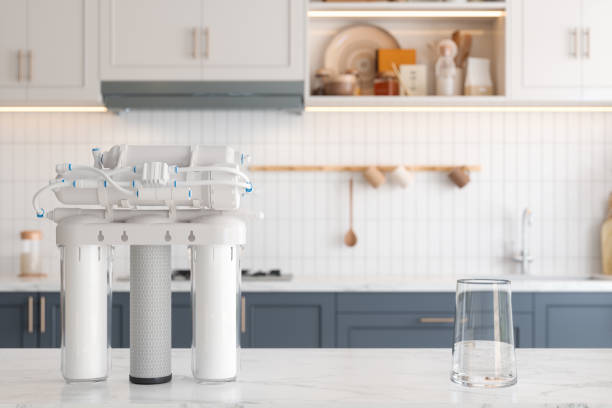 《Pressure Tank》
《Pressure Tank》
It is something that looks like a "big capsule" in the picture. It is mainly used in closed water circulation systems to balance the water volume and pressure, avoiding frequent opening of the safety valve and frequent water replenishment of the automatic water replenishment valve.

In the previous article, we talked about the flux of the water purifier. For example, if a water purifier with a small flux of 100G, 50G, etc. is allowed to produce water at any time, the water output speed is relatively slow. Many people who are in a hurry to use water can't wait, so they can use it with a pressure barrel. In this way, the water purifier can pre-produce and store pure water in the pressure barrel, which can ensure a large amount of water consumption, and can avoid frequent operation of the water purification pump, effectively extending the service life of the water purifier; it can also solve the problem of household drinking water supply during power outages. The price of water purifiers with pressure barrels will also be relatively favorable.
However, it also has a big disadvantage. It needs to occupy a considerable part of the kitchen space. The more people use it, the larger the volume of the pressure barrel. If there is not enough space at home, you need to consider it carefully.
Moreover, although the pressure barrel can store water and prevent bacteria from breeding for a period of time, the pressure barrel used for two years or more is prone to aging and the ability to inhibit bacteria decreases. Bacteria are easy to occur in water storage.
"Wastewater ratio"
"Wastewater ratio" is an important parameter for measuring water purification equipment. The water purifier that can discharge "wastewater" is the RO reverse osmosis water purifier, which relies on the reverse osmosis membrane to purify tap water. After the tap water is compressed through the reverse osmosis membrane, it becomes pure water and wastewater.
"Wastewater ratio" is the volume ratio of pure water and wastewater produced simultaneously per unit time when the water purifier is working. Note that it is pure water: wastewater.

For example, a wastewater ratio of 1:3
means that for every cup of pure water filtered out, 3 cups of wastewater will be produced. In this case, there will be more wastewater and more waste. A wastewater ratio of 1:1 means that for every cup of pure water filtered out, only 1 cup of wastewater will be produced. This is the most common wastewater ratio of water purifiers. There is also a higher wastewater ratio of 2:1, which means that for every 2 cups of pure water filtered out, only 1 cup of wastewater will be produced.
The larger the ratio, the higher the wastewater ratio, and the more water will be saved.
But it does not mean that the higher the better. If you blindly pursue the wastewater ratio, the speed of water passing through the reverse osmosis membrane will slow down, the water flow will become smaller, and the colloid will adhere to the reverse osmosis membrane, blocking the filter holes and shortening the service life of the filter element.
At present, the highest national water efficiency level is 65% for the first level, 55% for the second level, and 45% for the third level. The wastewater ratio of 1:1 only reaches the water efficiency standard of 50%. It is recommended that you should not be lower than this standard when choosing a water purifier. (PS: National Water School Level, full name "Water Efficiency Limit Values and Water Efficiency Levels of Water Purifiers" (GB 34914-2021), a national standard of the People's Republic of China implemented on July 1, 2022, under the jurisdiction of the National Standards Administration, is suitable for small water purifiers that use municipal tap water or other centralized water supply as raw water and reverse osmosis membrane or nanofiltration membrane as the main purification element for use in households or similar places.
《TDS value》
Mainly refers to the total content of dissolved solids in aqueous solution, that is, the number of impurities (excluding bacteria and viruses).
According to the national standard GB5749-2006 "Standard for Drinking Water Hygiene", the limit requirement for the total dissolved solids (TDS) of drinking tap water is: total dissolved solids ≤1000mg/L. In other words, TDS values below 1000 are qualified, and most cities in my country can currently achieve below 200.
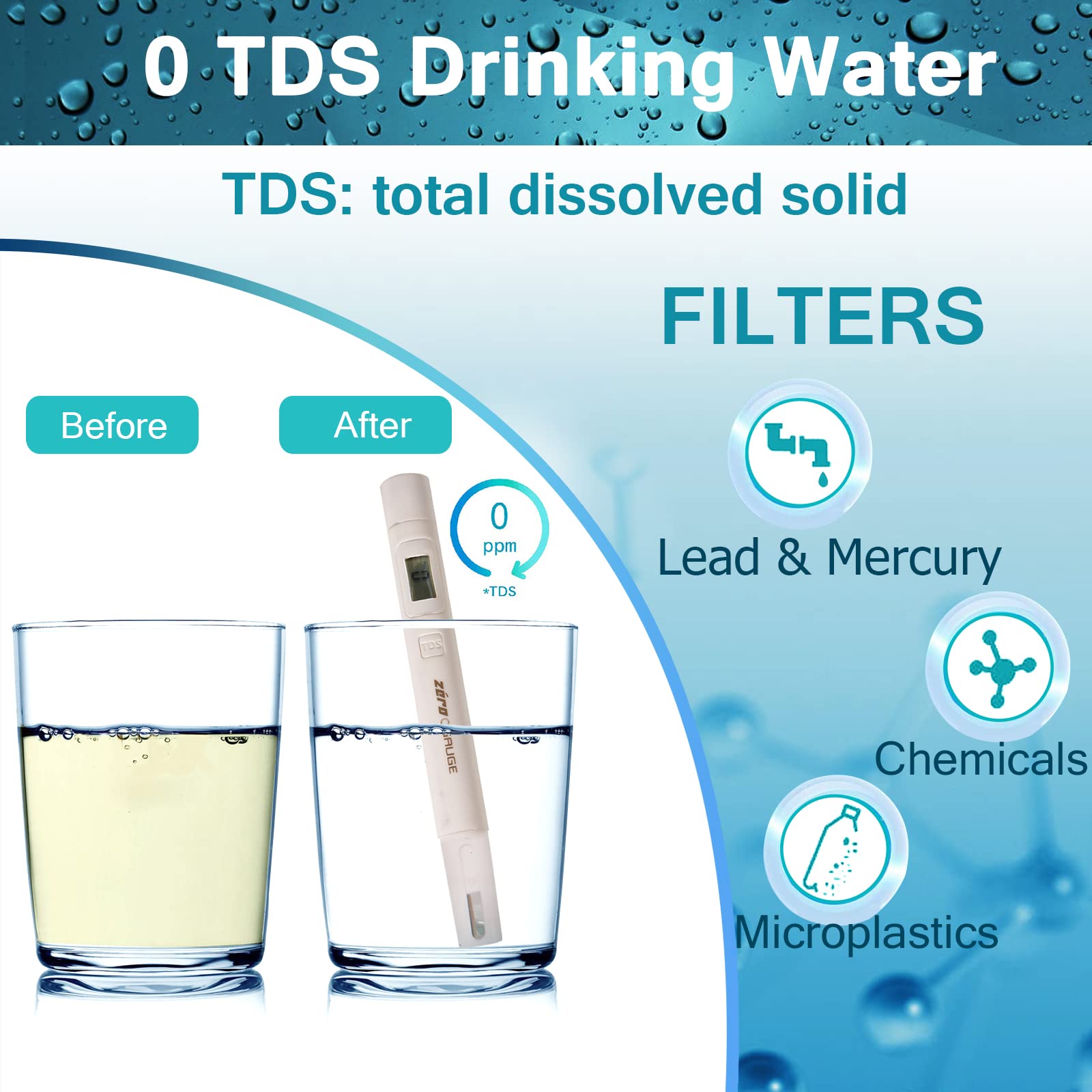
As for the national standard for the TDS value of water purifiers, there is no such standard. The main reason is: TDS test has a certain reference significance for water quality detection, and can reflect water quality problems to a certain extent, but TDS value cannot be used as an evaluation standard for healthy drinking water. A low TDS value can only mean that there are fewer heavy metal ions or soluble salts in the water. If you add a little salt to the water, the TDS value of the water will increase, but you can't say that the water is unhealthy, right? We ordinary users can't use more accurate detection, so we only use TDS value as one of the references. This should be clear.
How much can it be reduced after purification and filtration by reverse osmosis water purifier? This is related to the following two factors: the TDS value of raw water and the desalination rate of RO membrane.
First of all, for the same reverse osmosis water purifier, the TDS value of raw water is different, and the TDS value after filtration must be different. Generally, RO membranes with a desalination rate lower than 90% are unqualified. Now most membrane brands on the market require a desalination rate greater than 95%.
Let's take RO membrane with a desalination rate of 95% as an example
The TDS value of raw water is 100, and the TDS value of purified water after filtration is 5: 100* (1-95%) = 5
The TDS value of raw water is 200, and the TDS value of purified water after filtration is 10: 200* (1-95%) = 10
Therefore, TDS is only a reference value
According to the desalination rate formula:
(raw water TDS - purified water TDS) ÷ (raw water TDS)* 100%
Value greater than 95%
All are qualified reverse osmosis water purifiers
《Single and Double Water Outlet》
What is the difference between a "single water outlet" water purifier and a "double water outlet" water purifier? Is a double water outlet or a single water outlet better for a household water purifier? A double water outlet water purifier is an efficient design. It is mainly a water purification type controlled by 2 valves, which can divide the original water source into two parts.

One part is purified water that can be directly supplied for domestic use;
The other part is pure water that can be directly drunk.
Single water outlet household water purifier There is only one faucet to discharge water

Either purified water or pure water
So what is the difference between purified water and pure water?
Purified water is water that has been filtered through the first-level PP cotton and the second-level activated carbon. It filters out mud, rust, slag organic compounds, residues, etc. It is cleaner than tap water, but it does not meet the pure water standard. It can be drunk directly, and can be used to wash fruits, vegetables, etc., as domestic water.
Pure water is water filtered by RO reverse osmosis membrane. Like bottled pure water on the market, it can be drunk directly, and boiling water will not produce scale.
In general, the dual-outlet water purifier is a more convenient and practical product that can meet different water needs. For families with large kitchen water consumption and pursuit of cost-effectiveness, the dual-outlet water purifier is a good choice. Because if a family with a large amount of domestic water consumption uses a single-outlet water purifier, the filter element is actually consumed more. If used for a long time, the cost of replacing the core is relatively expensive, and the cost-effectiveness is not as high as that of a dual-outlet water purifier. Therefore, if you can choose, it is recommended that you give priority to a dual-outlet water purifier.

But there is no better or worse between dual-outlet and single-outlet water! Just install the appropriate type of water purifier according to your actual needs.










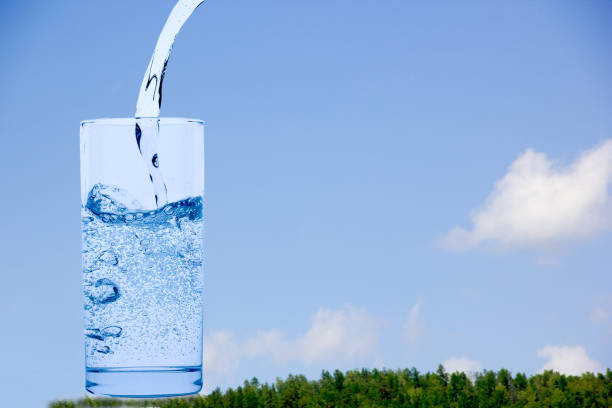 How to choose a filtered water purifier: help you buy the best water purifier! Keep your water as pure as it can be!
How to choose a filtered water purifier: help you buy the best water purifier! Keep your water as pure as it can be!
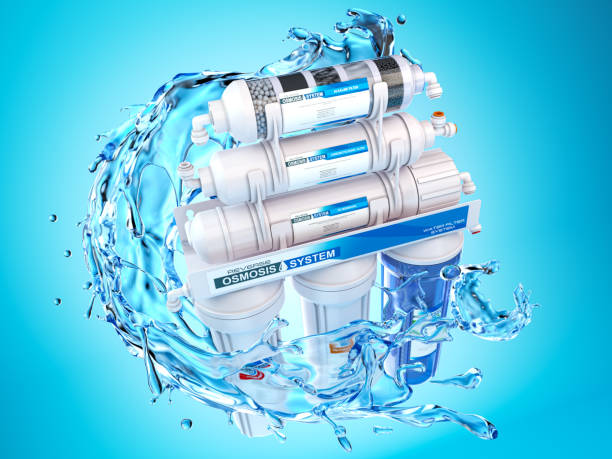 Analysis and solutions to the causes of reverse osmosis membrane fouling
Analysis and solutions to the causes of reverse osmosis membrane fouling
 Do you know how to extend the life of your reverse osmosis membrane?
Do you know how to extend the life of your reverse osmosis membrane?
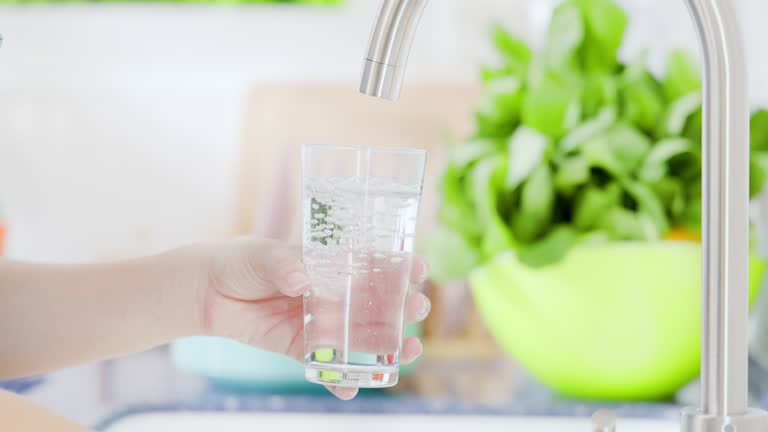 How much do you know about ultrafiltration technology and ultrafiltration membranes?? Ultrafiltration Knowledge Points Collection, you deserve it!
How much do you know about ultrafiltration technology and ultrafiltration membranes?? Ultrafiltration Knowledge Points Collection, you deserve it!